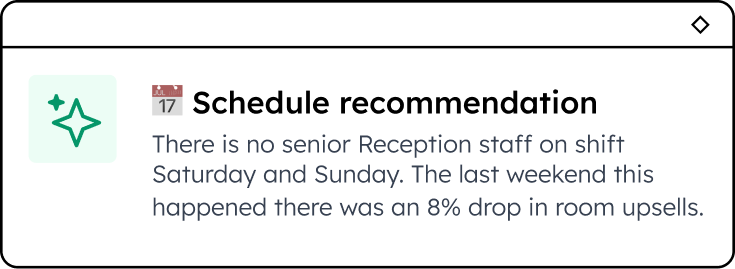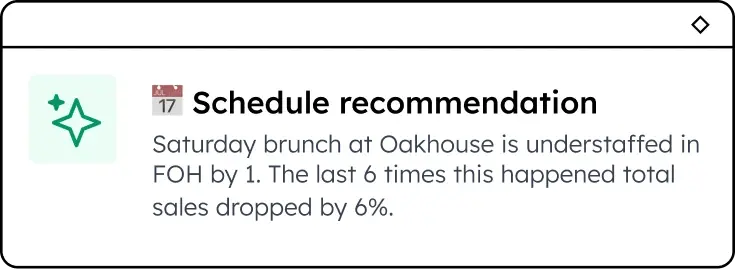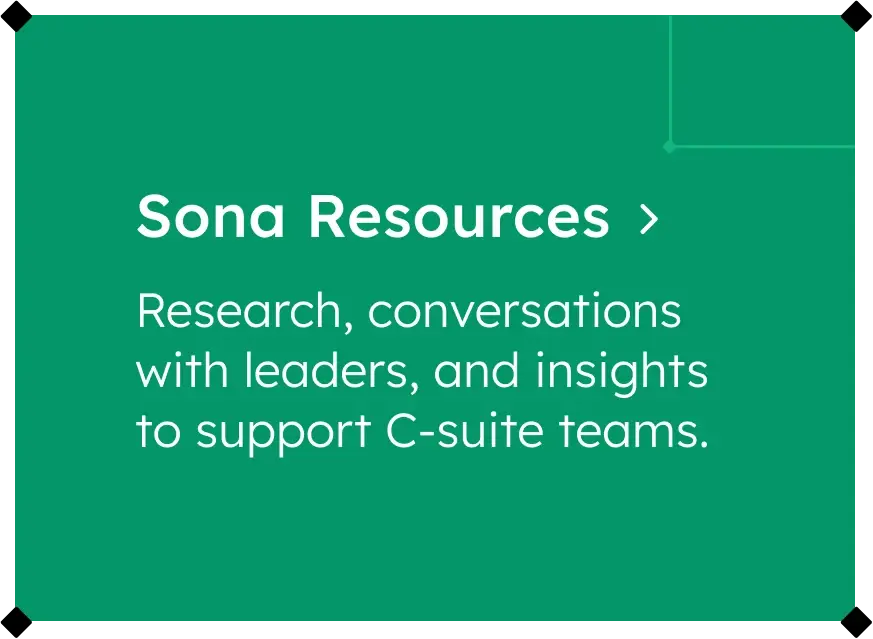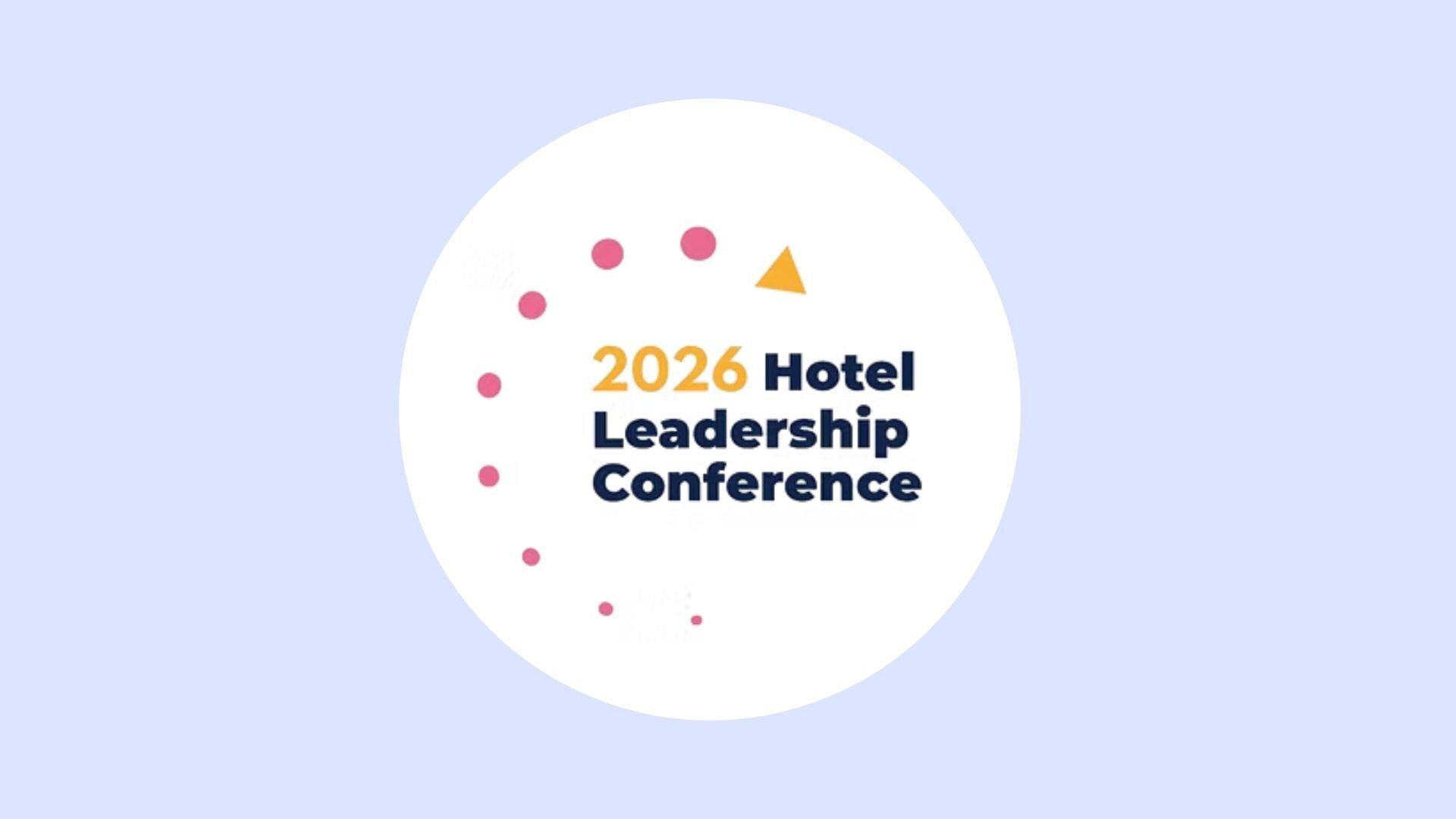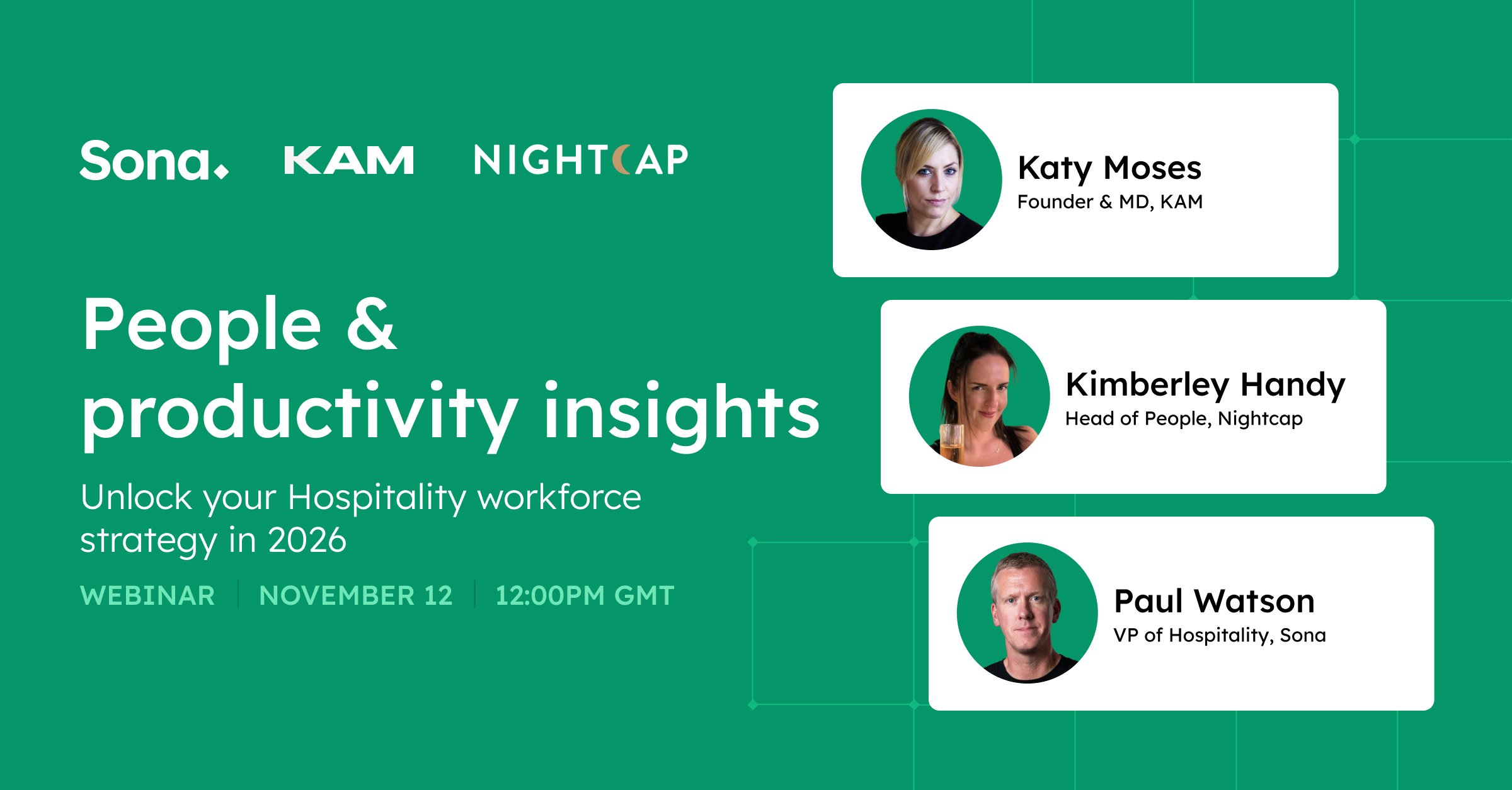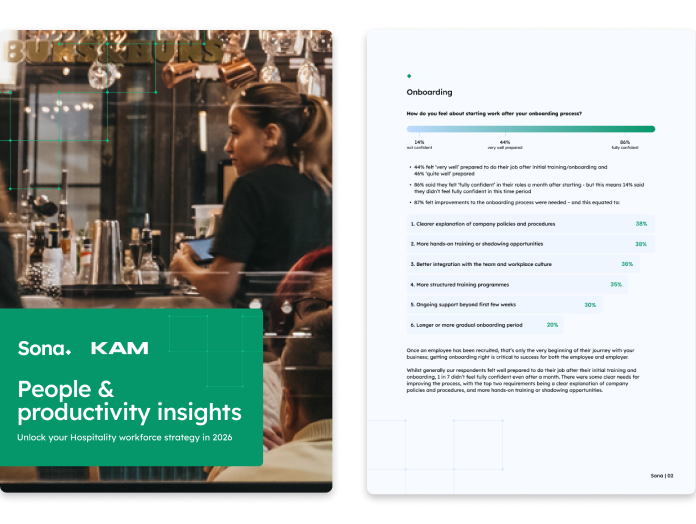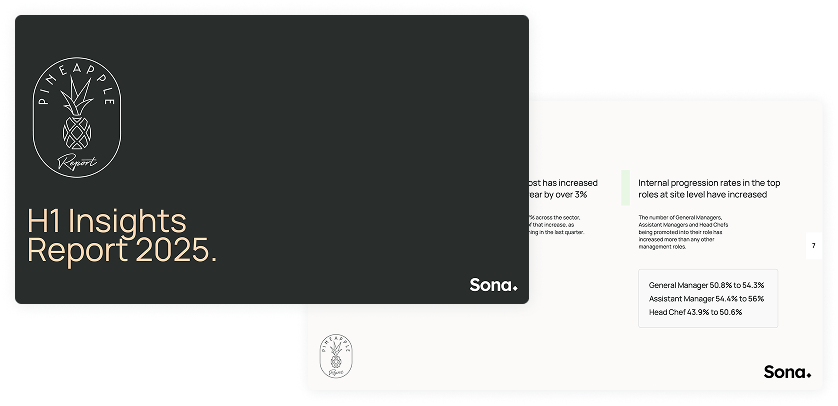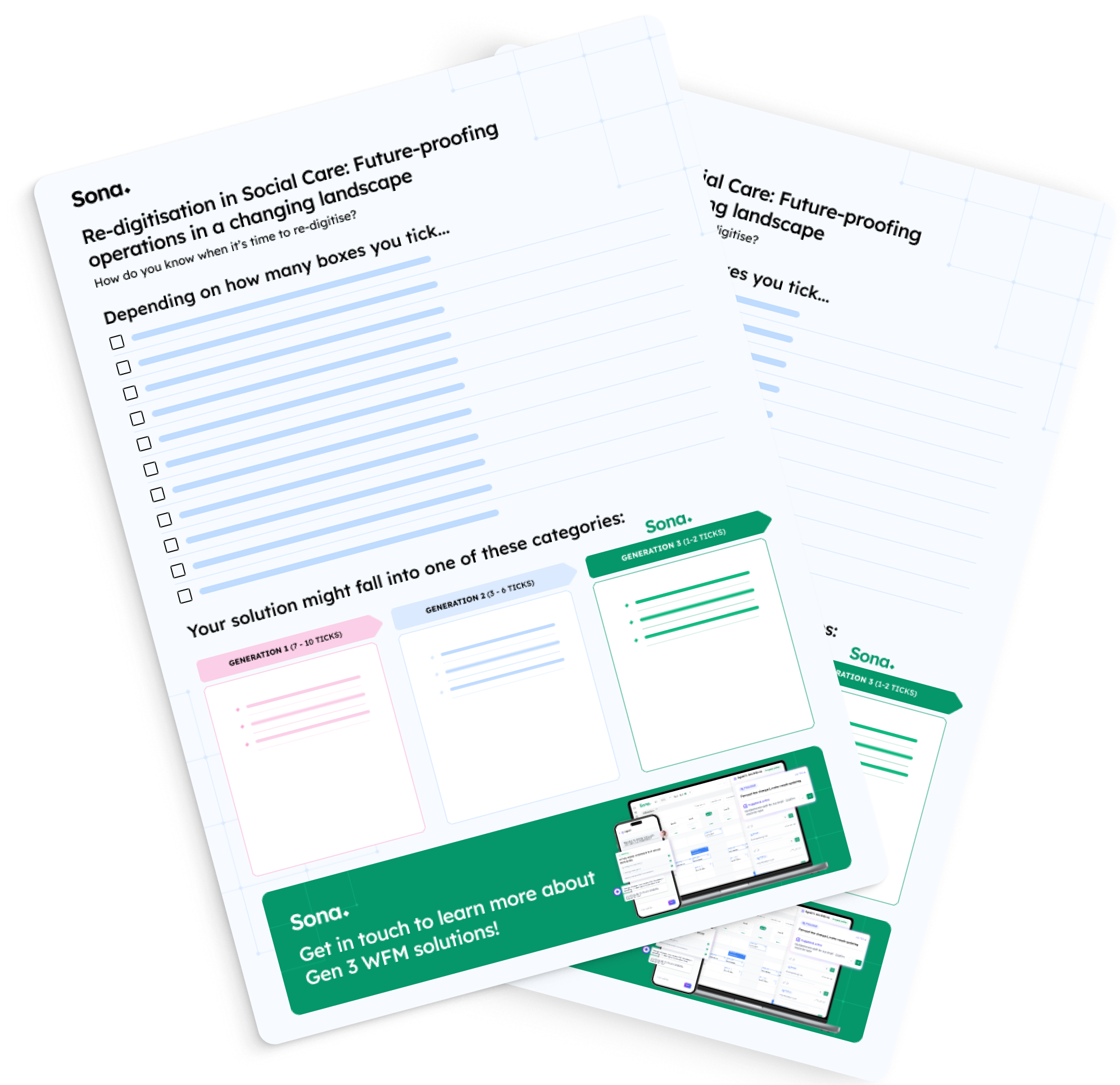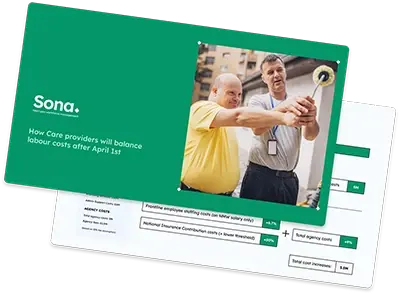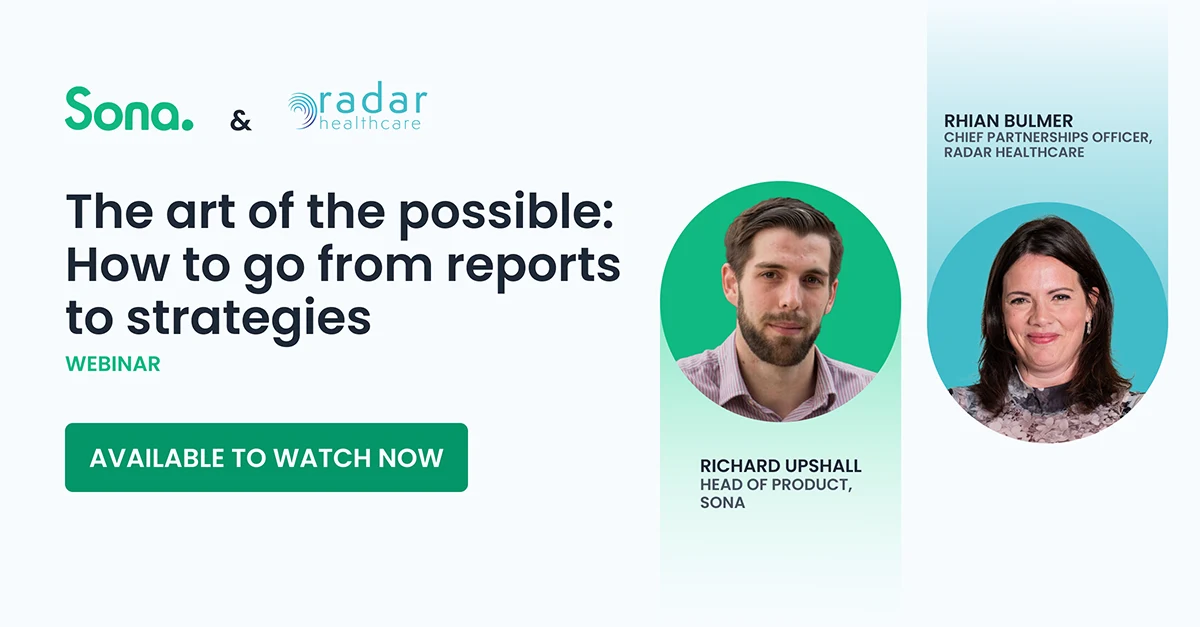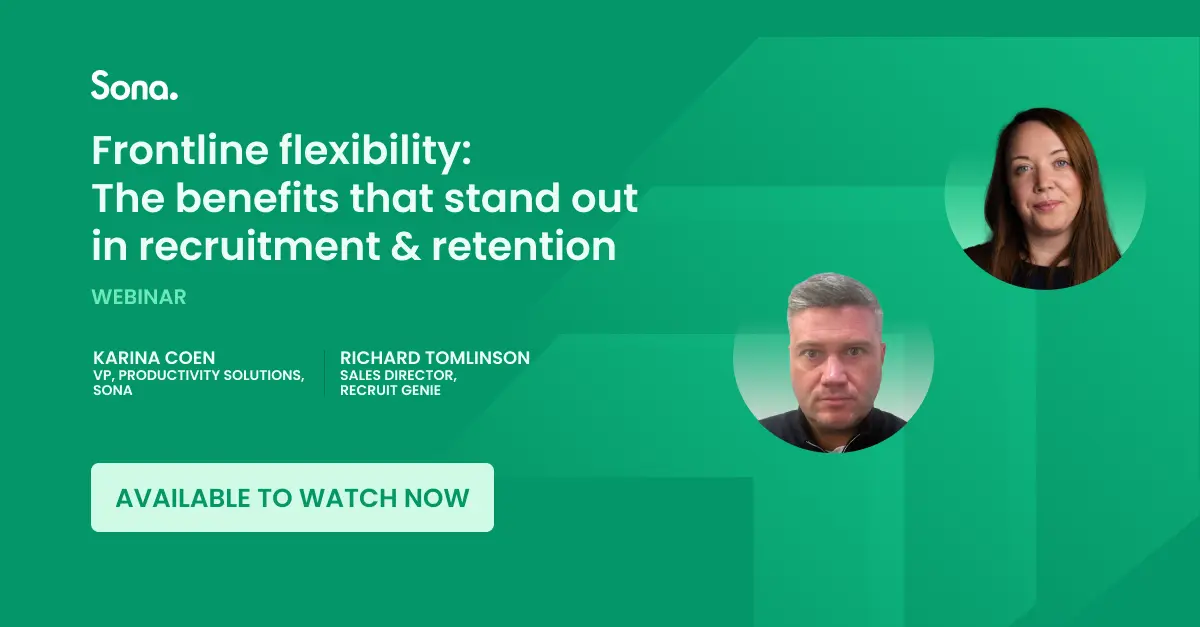Understanding Agentic AI in workforce management: Essential insights for enterprise leaders
6 minute read
Artificial Intelligence (AI) is everywhere. From executive offices to employee lounges, the buzz about AI transforming the workplace is inescapable. However, for many enterprise leaders managing extensive frontline workforces, discussions about AI often seem either overly technical or frustratingly vague. You might find yourself wondering:
- What exactly is Agentic AI?
- Is it just another buzzword?
- How does it stand apart from traditional AI, machine learning, chatbots or workflows?
📌 Addressing common misconceptions about Agentic AI
Before we proceed further, let's clear up some frequent misunderstandings:
"Agentic AI is just a chatbot."
"Agentic is another name for machine learning."
"Agentic sounds impressive, but it won't be practical for years to come."
These concerns are understandable, yet they don’t accurately portray how Agentic AI functions in real-world applications. Let’s explore why.
🗝️ Machine Learning vs. Agentic AI: The key difference
Machine Learning (ML) serves as the backbone for many Workforce Management (WFM) tools today, including Sona’s own forecasting engine. ML excels at sifting through extensive data to predict future demand, staffing requirements, or attrition risks. It's excellent at answering questions such as: "How many employees will I need next Thursday at 2 PM?"
Unlike older forecasting models, Sona's next-gen solution enhances predictions by being location-specific and responsive to real-time variables like holidays, weather changes, and, soon, promotions and local events. This enables businesses to create more accurate and flexible schedules - but that is still Machine Learning.
Whilst accurate forecasts can be incredibly powerful, they don't create value alone. That’s where Agentic AI steps in.
Agentic AI takes predictions processed via Machine Learning and acts on them. An agent doesn’t just display information to a human; it can take autonomous actions within parameters set by managers. For high-value or sensitive tasks, such as major schedule adjustments or compliance-critical modifications, managers are prompted to review and approve suggested actions before execution.
Examples of agent actions requiring manager approval (high-risk or sensitive tasks):
- Proactively filling open shifts when it detects staffing gaps.
- Adjusting labour distribution across locations in response to real-time demand.
- Alerting managers to compliance risks before they occur.
- Proposing optimised schedules that balance costs, compliance, and employee satisfaction.
- Responding to queries related to allergen policies or regulatory-sensitive information.
Examples of agent actions managers can automate (low-risk, routine tasks):
- Answering HR policy questions about holiday leave and remaining entitlements.
- Providing reminders about upcoming shift start times or required certifications.
🔄 In summary: Machine Learning informs. Agents act.
💬 Why Agentic AI is more than a chatbot
Many associate AI with conversational interfaces, and chatbots have indeed added value in various sectors. However, it's useful to see chatbots as just one possible application of agentic technology. While chatbots generally wait for human prompts, agents take it further: they monitor, detect, plan, and execute tasks proactively on your behalf, always within the guardrails set beforehand.
🔄 In simple terms: Chatbots are spoken to. Agents start the conversation.
❓ How does Agentic AI differ from workflows?
A common question among enterprise leaders is: "Isn't this just another form of workflow automation?"
While both workflows and Agentic AI aim to improve efficiency, they operate very differently.
Workflows are rule-based, static processes designed for predictable, repetitive tasks. For instance, a workflow might automatically route an approved time-off request to payroll or notify a manager when a shift swap is submitted. These workflows follow predefined paths and don’t adapt when circumstances change.
Agentic AI, in contrast, is dynamic and decision-oriented. Agents can analyse real-time data, evaluate multiple factors (like staffing shortages, compliance rules, or weather disruptions), and generate context-specific solutions. Crucially, agents can handle unforeseen situations that aren’t explicitly pre-programmed.
🔄 To summarise: workflows follow fixed sequences; agents analyse, plan, and act based on real-time conditions.
👎 The limitations of legacy WFM systems
Most traditional WFM platforms were designed for an era before the widespread availability of real-time data and AI. While some have incorporated predictive analytics or chat interfaces, they fundamentally remain highly manual, rules-based systems that depend on:
- Static templates
- Manager intervention
- Lengthy back-and-forth communication between teams
Even when they include ML-powered forecasting, these systems expect managers to manually translate forecasts into schedules, fill gaps, and manage exceptions.
Agentic AI completely transforms this model. Instead of simply making forecasts "available," it immediately puts them to use. Managers become supervisors instead of manual operators.
It’s like having an operator who never sleeps and never misses a signal - essentially, your best manager is now in every setting.
Practical applications: Agentic AI at work
🏨 Hospitality:
A large hotel chain uses Agentic AI to dynamically adjust schedules based on unexpected events (e.g., a large conference or canceled group booking). The agent reallocates (subject to manager approval where necessary) housekeeping and front desk shifts to maintain service standards without overspending on labour.
💚 Social Care:
A residential care provider uses Agentic AI to ensure every shift meets required qualifications. When a team lead calls in sick, the agent automatically sources a compliant replacement, maintaining safe staffing levels without risking care quality. The agent’s interconnected data awareness ensures it won't suggest filling a shift with someone lacking the right skills or unnecessarily assign a higher-cost senior staff member when a qualified junior can cover the role, optimising both compliance and labour costs.
👉 Starting with Agentic AI
If you’re interested but unsure how to adopt Agentic AI, here are some a few initial steps:
1. Evaluate your data readiness
Agents depend on clean, accurate workforce data (scheduling, time & attendance, workforce metrics, etc.). The better your data quality, the more effective the agent.
2. Select an AI-native WFM platform
Retrofitting older platforms for Agentic AI is challenging. Look for solutions that are designed from the ground up to support autonomous agents.
3. Begin with high-impact use cases
Focus initial deployments on areas where agentic automation offers quick returns on investment: shift-filling, overtime management, compliance monitoring, HR queries, and real-time schedule optimisation.
4. Train and empower managers
Agentic AI changes the manager’s role from operator to supervisor. Investing in training ensures your managers trust the system and can switch seamlessly to focusing on high-value tasks.
📘 Glossary: Key Agentic AI terms
Agent: An autonomous software entity that monitors, plans, and takes actions on your behalf.
Autonomy: The agent’s ability to make decisions and act independently within defined guardrails.
Guardrails: Pre-set rules and permissions that control what actions the agent can take.
Forecasting: The use of machine learning to predict future staffing needs based on historical data.
Orchestration: The agent’s ability to coordinate multiple actions across systems to achieve optimal outcomes.
Supervisor Role: The new manager function overseeing and guiding the agent's actions.
Responsibilities: A set of operator-defined goals that guide the agent's actions. Unlike priorities, which follow a strict order, responsibilities allow the agent to consider multiple objectives simultaneously. This enables the agent to process complex trade-offs and present managers with a single, optimised recommendation—rather than dozens of suggestions the manager would still need to sift through.
Interconnected Systems Awareness: The agent operates across all interconnected systems (such as Sona Scheduling, HR, and Payroll), consuming data from each. This ensures that any recommendations fully respect qualifications, certifications, cost considerations, and policies. For example, it won't suggest filling a shift with an unqualified employee or assign a higher-cost senior employee when a qualified junior team member is available, helping optimise labour costs automatically.
🎯 Conclusion: The future of WFM is Agentic
For organisations with large, complex frontline workforces, Agentic AI is not a distant vision — it’s happening today. By combining the predictive power of machine learning with the autonomous execution of agents, enterprise leaders can unlock new levels of efficiency, resilience, and employee satisfaction.
At Sona, we believe Agentic AI represents the next major evolution in workforce management, building on the foundations of digitisation. Organisations that explore it early are positioning themselves for stronger efficiency, resilience, and long-term advantage.
🚀 See Sona’s Agentic AI in action
Curious how this could work for your business? Visit our dedicated Agentic AI page to learn more, book a demo, and experience the future of of the frontline firsthand.
Enjoyed this article? Let's stay in touch 👋
If you liked this article, why not subscribe to our newsletter to get the latest news and views delivered straight to your inbox?

